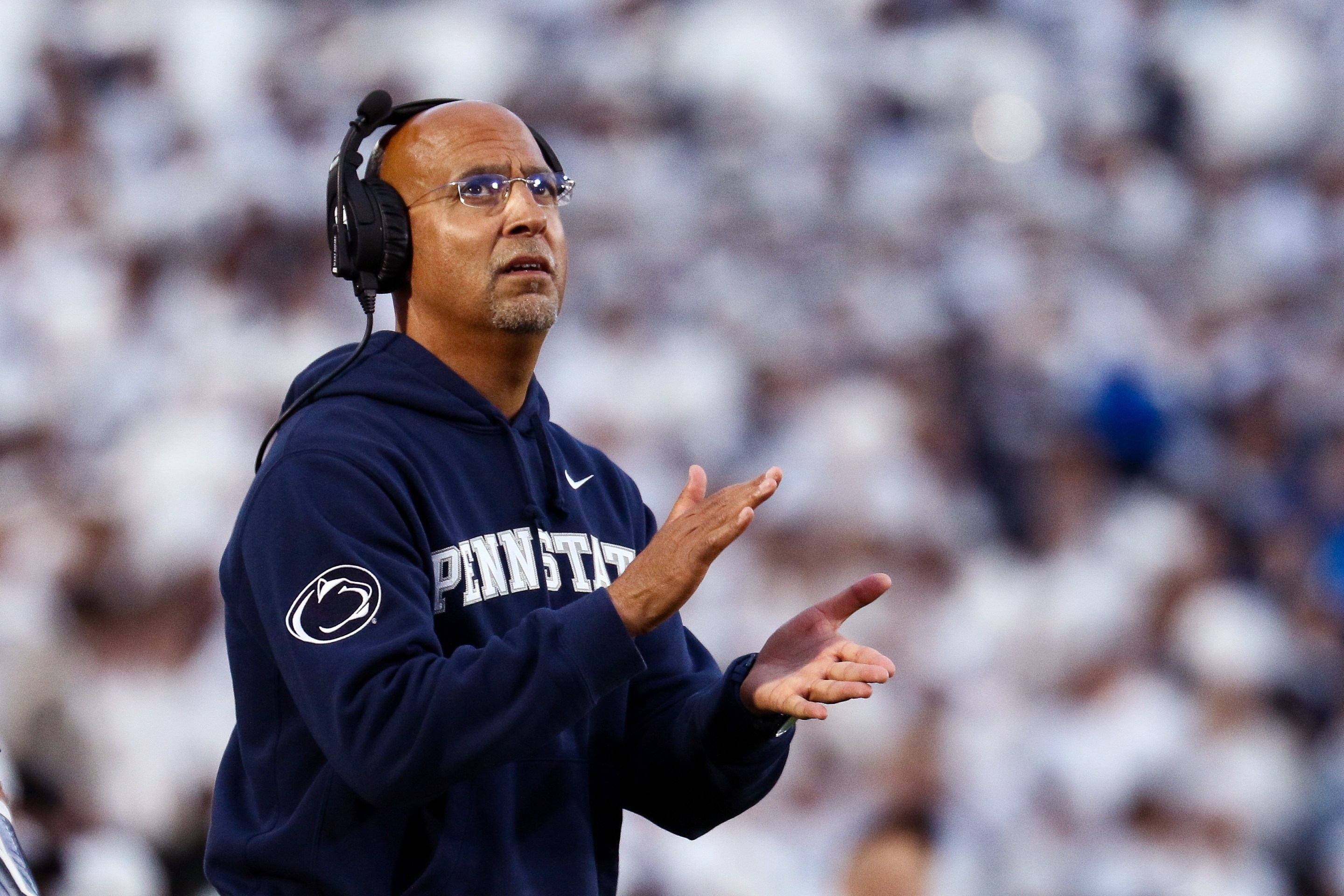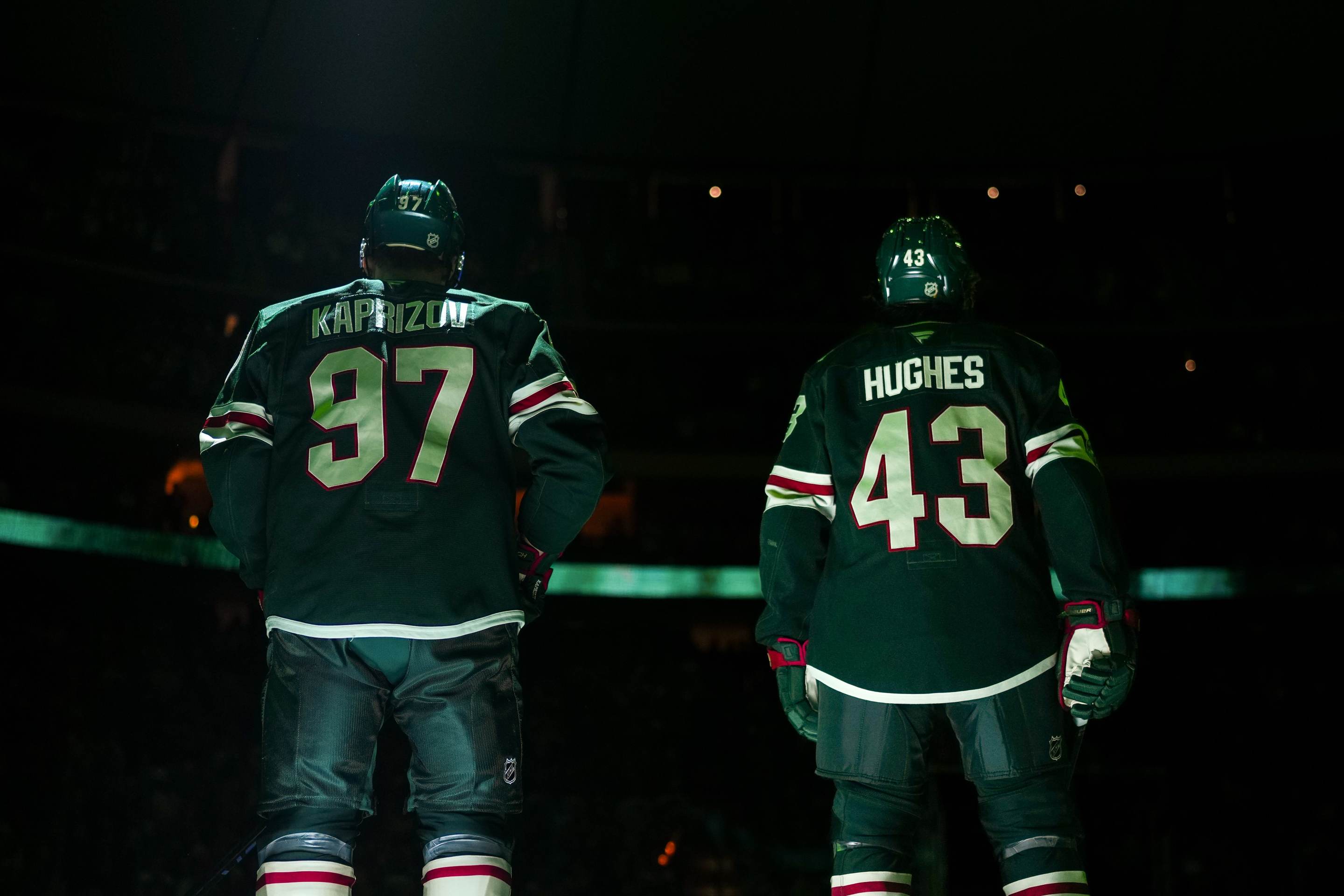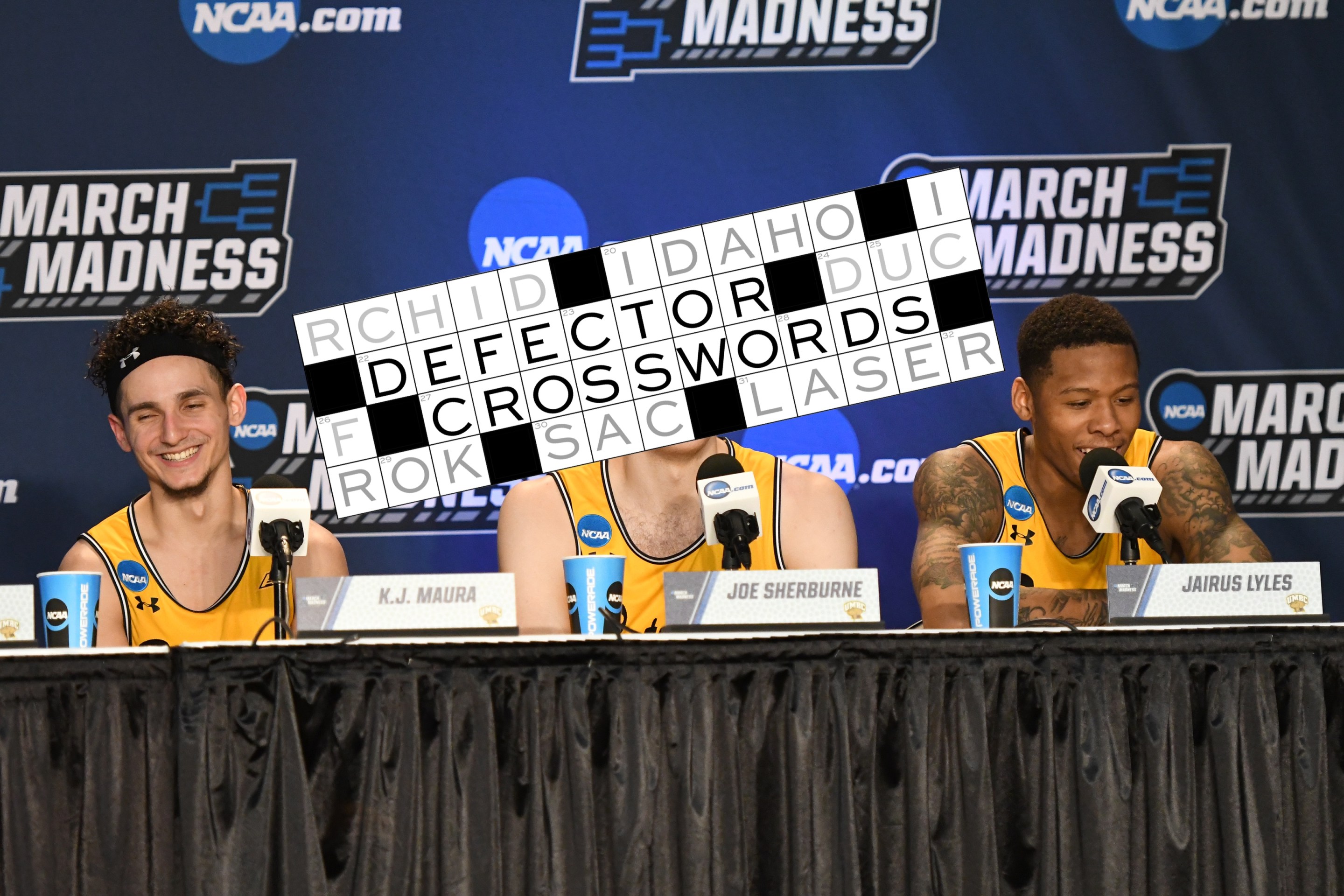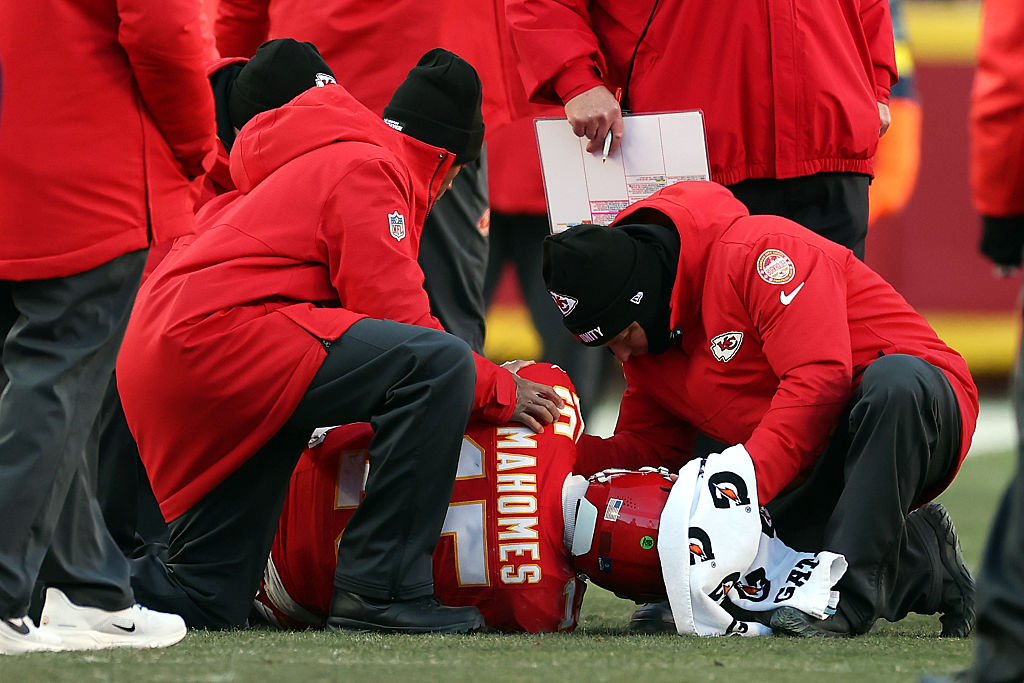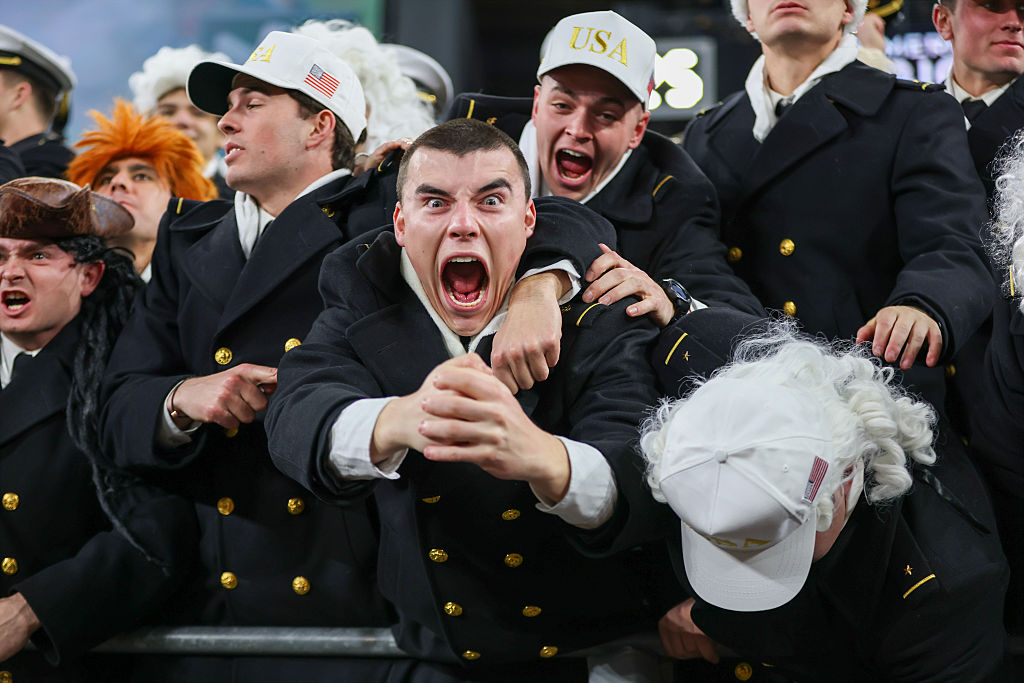Fantasy football is dying, and here's the proof. The hottest new way to spend the day after a game is to see which team is firing their coach, with the tiebreaker being how much of a buyout the fired coach will be paid. Well, that's the college tiebreaker. The pro tiebreaker is figuring out whether the general manager or the owner is doing the firing. Either way, trawling the waiver wire is out, and googling the interim head coach is in.
Four big-ticket college and pro coaches got de-kneed over the weekend, and the college winner was Penn State's James Franklin, based first on his $49.7 million buyout (minus the usual onerous carveouts and offsets) and second on his career record of 104-45, and his more recent records of 34-8, 3-0, and 0-3. That first number represents his record over the previous three full seasons, the second in his first three games of this year, and the third covers the last three weeks. But let's be honest: The $49.7 million is the first tiebreaker for a reason, and that is that no school cannot afford to buy out a coach they hate, and as reports have it, Franklin failed to reach kismet with big donor Terry Pegula (who owns the Buffalo Bills and Sabres, among other sporty things). Not even Kirby Smart, whose buyout from Georgia is $101 million. Anyone who says a school will be reluctant to fire a coach the boosters have turned on is 1) dumbassed wrong in public and 2) confused about why things actually happen in college football.
The other two college firings over the weekend, UAB's Trent Dilfer (9-21, 2-4, $3.6 million) and Oregon State's Trent Bray, (5-14, 0-7, $4 million) were enough to qualify firing on a moment's notice as a full-on nationwide trend—one from the East Coast, one from the Deep South, and one from Greater Corvallis. Add those to the firings at UCLA, Oklahoma State, Arkansas, and Virginia Tech this season (223-158, 2-12, $36.5 million) for what college football nerdburdens are calling the biggest coach-biz bloodletting in many years. And we know they are right, because the college football schedule still has 459 losses to navigate, including conference championships and bowl games; by our count, this makes 128 of the remaining 129 coaches vulnerable at any given moment.
Because the NFL copies from college football what it cannot outright steal, it took only six weeks before the first head coach was fired. In this case it was the Tennessee Titans' Brian Callahan getting tossed down a stairwell, an upset only because everyone has been betting on the Miami Dolphins' Mike McDaniel, whose soon to be former team is 1-5 and has been in a rolling state of passive-aggressive revolt since the preseason. Callahan's father Bill was his offensive line coach, and there is no indication yet that he is walking out with his son, which ought to make for a weird Thanksgiving.
More interesting is that ESPN's leading NFL management conduit, Adam Schefter, had tweeted out his feeling that no coach was close to being fired just an hour before Callahan got smoked. This caused much laughter, and not only because Schefter picked the wrong time to be pretty sure about his information. What this news tells us is that while Tennessee's football people had probably told him that Callahan would be safe for a while, Tennessee's owner person decided she'd seen enough. In college football, a quorum of hacked-off hedge fund vampires and car dealership weasels is necessary to justify paying a buyout; in the NFL, it only takes one.
The NFL doesn't focus on buyouts as much as the currency of humiliation for the coach and whoever had been defending him. While few really know the inner workings of NFL front offices, everyone understands that all front offices work the same way in the most fundamental sense—any and all other infrastructure notwithstanding, an owner in a bad mood leads in a direct line to a coach being fired. The fun here is in imagining how quickly head of football operations Chad Brinker and general manager Mike Borgonzi came around to owner Amy Strunk's frustrations, or, alternatively, watching Brinker turn on Borgonzi in deference to Strunk's desire to hand the reins to a different beefy guy with an underwhelming coaching resume (Mike McCoy). To sort that one out, you’d need to dive deeper into the inner workings of a team that has been deeply dysfunctional for years, which is both unpleasant and unnecessary. But if we're going to adhere to the college rule, Callahan ended up 4-19 with a buyout of roughly $11 million.
And if we are supposed to adhere further to the trend that coaches are getting fired with breakneck speed, let us note that other sports are falling in line here as well—43 coaches or managers have been fired in the NFL, MLB, NBA, NHL, MLS, and WNBA in the current calendar year, which still has another 12 weeks to go, and that tally does not include Mike Shildt, who retired from the San Diego Padres job last week. Even then, though, the Padres have had a new manager in 2024, 2022, and 2020. This makes Shildt’s retirement seem slightly less voluntary and more like the rote swapping in of a replacement part.
Either way, this is going to be a record year for de-coaching, and the resulting tumult might blot out some of our national fixation for our own imaginary teams. It won't do much about stemming the national gambling fixation, and not just because every casino on earth has constantly updated odds on the next coach fired. They know what moves the needle. Whether it's Mike McDaniel, Billy Napier, Nick Nurse, Lindy Ruff, Tyler Marsh, or Natalie Nakase, who was just named WNBA Coach Of The Year but who hasn't won a game in nearly a month—her team also hasn't played a game in nearly a month, to be fair, but "fair" no longer has anything to do with it—the new hot trend in modern amusement is watching the rolling of heads from America's sidelines, and tallying how much money rich folks are willing to spend to take other people's jobs away. Let's see how long it takes for some poormouthing management stooge to start demanding a buyout salary cap.
